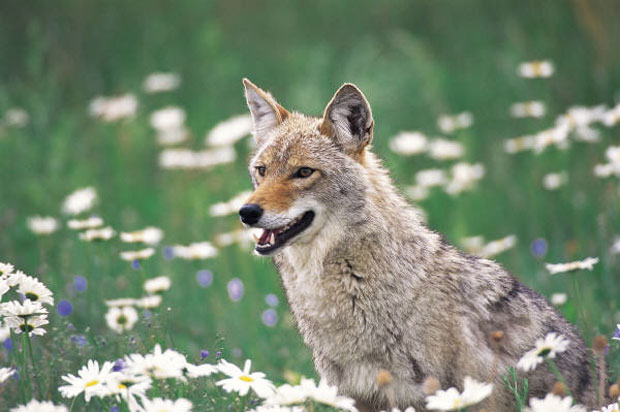
As humans increasingly build up wildlife habitats, the wildlife encroaches on ours. It’s simple; they have to live somewhere and they have to eat something. As a result, our cities and towns have seen an increase in one sector of the population: urban wildlife. And they’re hungry.
I don’t want to build an argument–at least, not in this article–for the rights of the coyote and the understanding of his or her plight or consider the “wait until they attack a human being” screed. Coyotes are attacking and killing the animals who are dear to us and who depend on us for their care: our pets.
Coyotes have become increasingly visible in the last few years, particularly in Los Alamitos, Rossmoor and near CSULB. They dine on small wild and stray animals. They also seem to be losing their fear of humans. They’ve been invading neighborhoods and going into yards to make off with pets who are left outside. Fences won’t keep them out—they’re good climbers and they aim to get what they want. It’s increasingly common to see them where you wouldn’t expect to see them—in highly populated areas, on sidewalks, trotting along freeway embankments. They’re looking for meals, especially during their breeding season.
On May 21, the Press-Telegram reported the most recent attacks on pets—cats, in these instances. The animals were killed in the Naples area and near Mother’s Beach; reporter Joe Segura said that one attack was near Mayor Foster’s house. (The Fosters keep their cat indoors.) It wasn’t clear whether the dead cats were pets or strays, but anyone who’s taken a walk in the beach area has doubtless met up with well-fed and friendly felines with collars and ID and also may have seen signs advertising lost cats that may not be actually lost.
Animal Care Services’ homepage has a link to the facts and FAQs of urban coyotes and how to deter them from your property: don’t leave pet food outside, keep your garbage cans covered, keep your cat or dog indoors. Ted Stevens, Animal Care Services’ interim director, said that ACS tracks all coyote activity, both sightings and attacks, and have reported them in a number of areas throughout Long Beach.
“We want to encourage people to go to our website to learn more about what they can do to protect their pets and discourage the coyotes from coming around,” Stevens said. “We encourage everyone in Long Beach to bring their pets inside at night, to make sure not to leave any food out, and to make sure their trash cans are covered securely.”
Keep your pets safe in the house. Please. Coyotes are one additional danger to the things that can befall the creature who loves you unconditionally and depends on you for well-being and protection.

